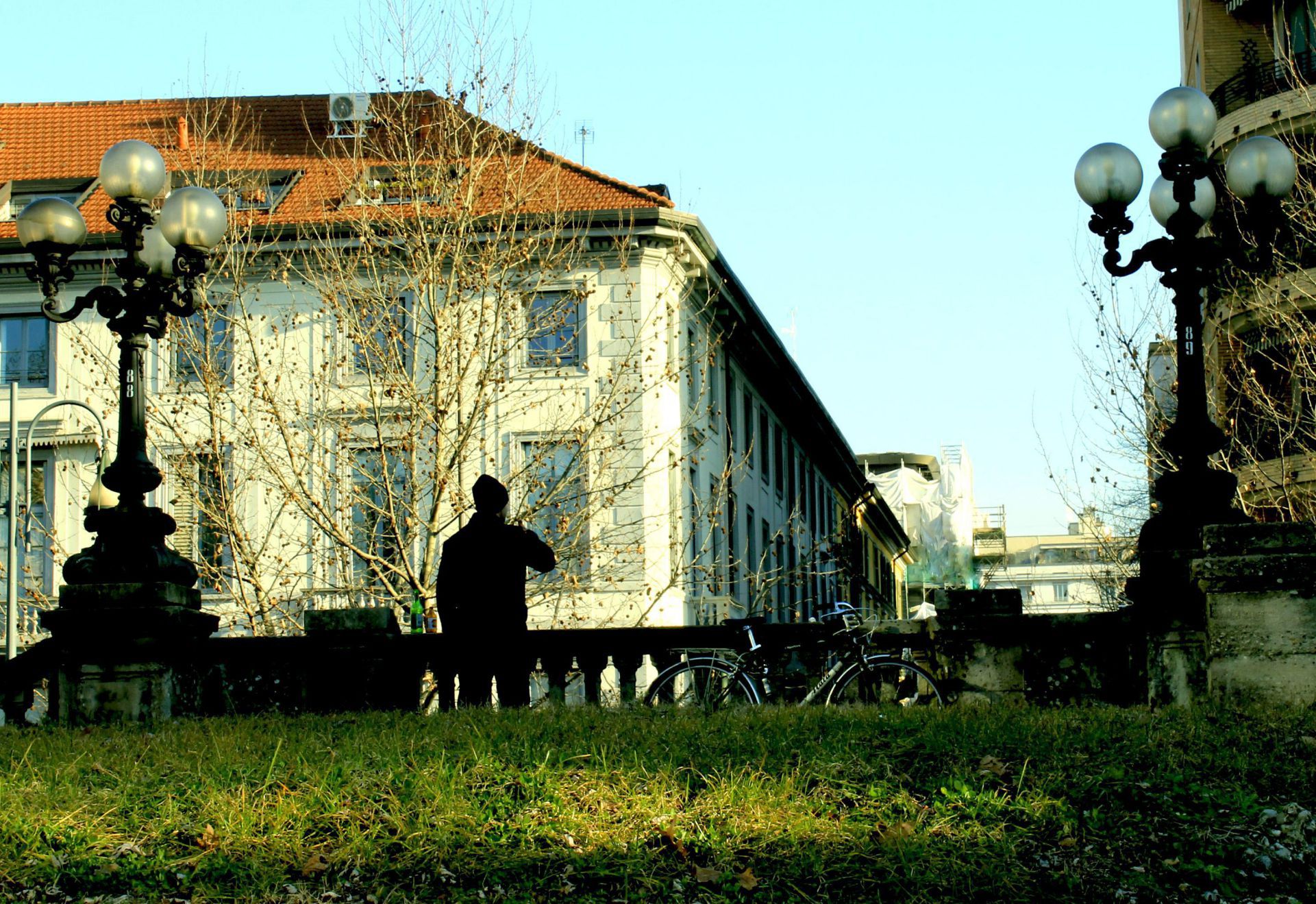
These two square buildings surrounded on three sides by a colonnade are the old toll booths – a place where those people who wanted to enter the city – either carrying goods or not – were asked to pay a duty. Indeed, these toll booths were linked to a gate marking the urban territory. This was the East Gate of the city – today known as Porta Venezia – planned by Piermarini who preferred to realize these two buildings instead of a real gate.
From this entrance, Porta Venezia, Lorenzo – better known as Renzo of The Betrothed – entered the city of Milan in search of Lucia: he experienced the horrors of the plague.
Now let’s go back to our toll booths: after being neglected for many many years – about 15 years ago – they were restored by the Associazione Panificatori Pasticceri ed Affini di Milano Monza Brianza e Province (Association of bakers and pastry chefs from Milan and its provinces) and designed as the place where to promote the “bread culture”.
Just think the West toll booth – known as “bread house” – hosts a section of the Biblioteca Sormani (Sormani Library) dedicated to the agro-food sector and more specifically to bread. It is one of the main collections in Italy with around 6000 books – 3100 of which are monographs – including Fondi Luraschi, Marinoni and the Raccolta Buonassisi.
Here you can find a peculiar museum called “Small Bread Museum” where you can see 5 old machineries used to make bread and an itinerary by Accademia della Crusca, with some cards explaining the history of bread. Now you can see that tree-lined street skirting the Giardini Pubblici: this is an historical part of the city of Milan. Those are the old Porta Venezia Bulwarks.

What does the word “bulwarks” mean?
The Italian word for bulwarks bastioni is the augmentative of the term bastìa i.e. “a fortification made up of an embankment surrounded by huge retaining walls defining a polygonal shape”… In a word, we are talking about Milan’s walls – or better – a part of them.
Don’t dwell on all the extensions that these walls underwent over the years: from the Roman times to the Middle Ages to the Spanish rule… You must just know that the city changed according to the walls changes and that we can still see some ruins – even though they’re not enhanced enough. For instance, look at this part, even its name has changed.
Originally called Bastioni di San Dionigi because of a basilica that by now doesn’t exist anymore, then Bastioni di Porta Orientale and finally Bastioni di Porta Venezia in the days of the unity of Italy.
As early as 300 years ago – under the Austrian rule – this street running along the park turned from a fortification into a beautiful public walk beloved by the Milanese, to finally become a terrible street for all those who take the wheel and arrive from Piazza della Repubblica, who have to proceed at a walking pace.
Old Toll Booths
Porta Venezia, Milan
how to get there:
tube line M1 Porta Venezia
tram line 9



